Physical Literacy in Primary PE: Lesson Planning & Resources Guide
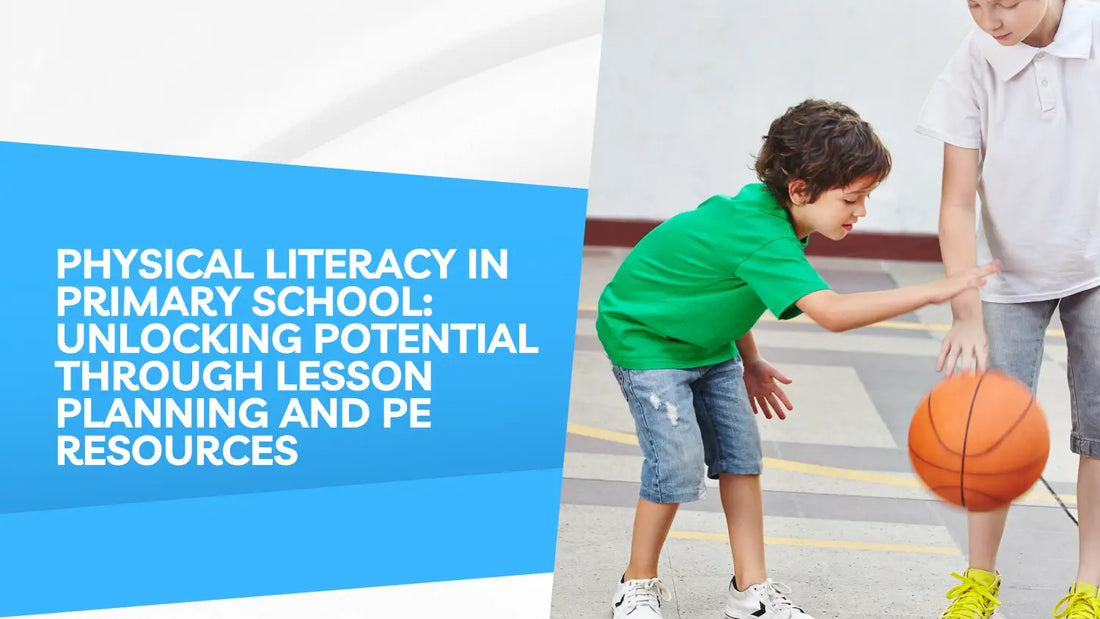
Our article focuses on physical literacy in primary PE and its crucial role in shaping well-rounded individuals. At Primary PE Specialists, we understand the significance of lesson planning and providing comprehensive PE resources tailored for primary school educators.
Understanding Physical Literacy
Physical literacy goes beyond a mere program—it encompasses a holistic view of a child's mind and body, aiming to develop them physically, emotionally, and cognitively, fostering lifelong engagement in physical activities. The International Physical Literacy Association defines physical literacy as "the motivation, confidence, physical competence, knowledge, and understanding to value and take responsibility for engagement in physical activities for life" (IPLA, 2017).
The Role of Support Systems in Physical Literacy
While physical literacy begins at birth, the primary school years provide a critical window for its development. Several factors influence a child's physical literacy journey, including the support systems provided by parents, teachers, and peers. Positive influences, role models, and encouragement are pivotal in promoting physical activity. Positive experiences and a diverse physical environment are essential for fostering physical literacy. Age-appropriate activities and achievable challenges contribute to a child's accomplishment and self-worth.
With adequate support and opportunities, children can make informed decisions about their health and well-being, leading to an active lifestyle driven by internal motivations.
The Importance of High-Quality Physical Education
Physical literacy cannot be directly taught; it emerges from exposure to various physical opportunities and challenges. It is the outcome of high-quality physical education and school sports in school. It empowers primary school children to become competent, confident movers early, helping them understand movement, fostering motivation, and emphasising the importance of physical activity.
The Impact of Failing to Develop Movement Skills
Failure to develop movement skills during these formative years may hinder a child's interest and ability to participate in physical activities, limiting their mobility skills into adulthood. For instance, a child lacking the confidence to throw and catch a ball may shy away from playing in front of others, diminishing their future participation just as children who do not learn to read may become adults who avoid reading.
Reflecting on How We Teach Primary School PE
To ensure the development of physically literate children, we must reflect on why and how we teach primary school PE. Creating an environment where children feel motivated to be physically active, where confidence is nurtured without shaming, and where strong relationships between pupils and teachers drive motivation is fundamental. We should focus on developing the whole child rather than solely aiming for elite performance. While elite sports have their place and merit, physical education should primarily concentrate on holistic child development.
Prioritising Holist Development in Lesson Planning
At Primary PE Specialist, we prioritise the child's holistic development in all our primary PE lesson planning. Our lessons align with the National Curriculum, ensuring they are engaging, fun, and easy to follow.
Consideration for Delivering a PE Lesson
When delivering a PE lesson, consider these important factors:
- Ensure age and stage appropriateness for your pupils.
- Differentiate within your lesson to account for varying physical skills.
- Do not hesitate to revisit and reinforce previous concepts.
- Foster ownership and problem-solving opportunities through discussions and demonstrations.
- Create a comfortable and confident team environment during team-based games.
- Recognise that negative experiences in PE can impact a child's long-term relationship with the subject.
Providing a diverse and comprehensive PE curriculum that exposes children to various physical experiences is vital.
Incorporating physical activity into the classroom through short bursts and activities is key for primary school pupils.
Nurturing Physical Literacy Beyond Curriculum Time
Furthermore, physical literacy can be nurtured beyond curriculum time. Breakfast, lunch, and after-school clubs offer additional opportunities to explore different activities, learn new skills, and practice existing ones. Consider incorporating less traditional sports that students may not typically access. Learning through play is a valuable component of physical literacy. Maximising resources, equipment, and activities during break times for early years provision, Key Stage One, and Key Stage Two is essential.
The Role of Healthy Competition in Physical Literacy
Introducing healthy competition throughout the key stages can also serve as a motivating factor for children. While physical literacy emphasises intrinsic drive and internal value for physical activity, competition can act as an early connection and catalyst.
The Impact of Physical Literacy on Society
Achieving physical literacy in the next generation would profoundly impact society, promoting an active and health-conscious population. By offering opportunities that build motivation, confidence, physical competence, knowledge, and understanding through age-appropriate development, you actively contribute to physical literacy.
Conclusion
Effective lesson planning is a cornerstone of successful physical education instruction. With our free lesson plan template, you can simplify and enhance your planning process, ensuring that each lesson is well-structured, engaging, and aligned with your student's needs and learning objectives. Empower yourself as a physical education teacher or coach by utilising this user-friendly template and watch your lessons become more impactful and enjoyable for you and your students. Download our template today and elevate your physical education instruction to new heights.
Free Lesson Plan Template > Click Here
No comments



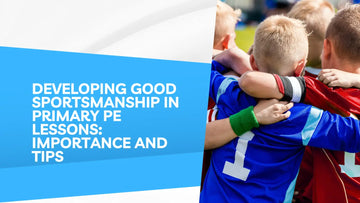
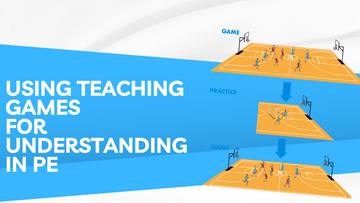
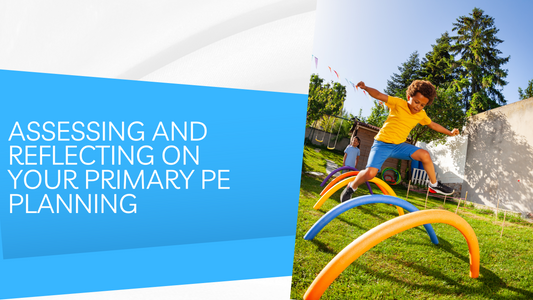
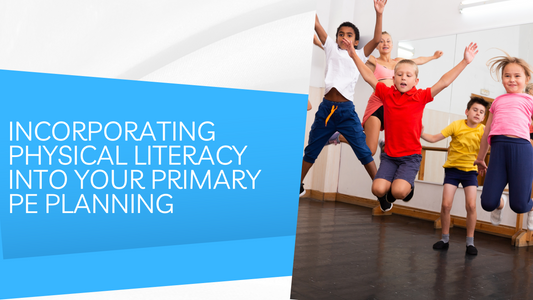
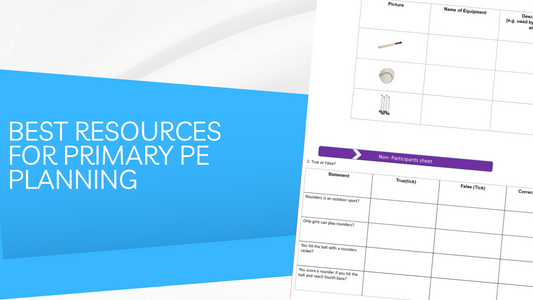
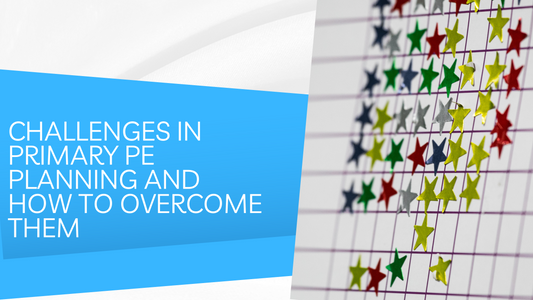
comments